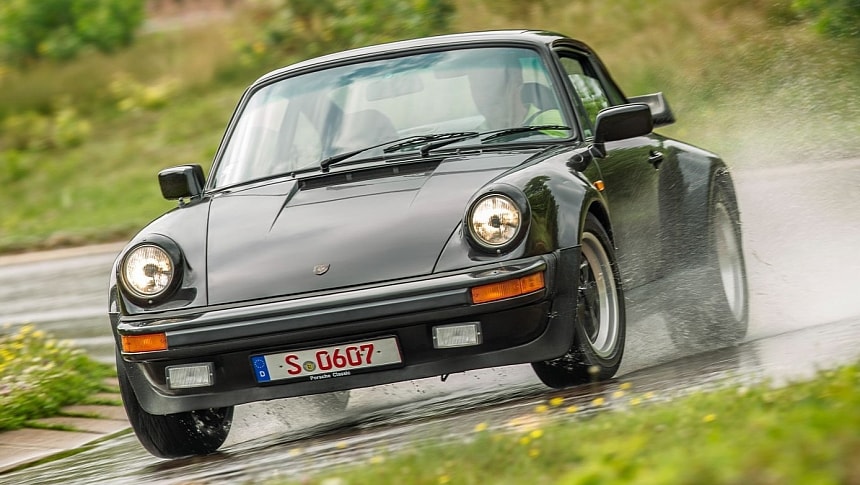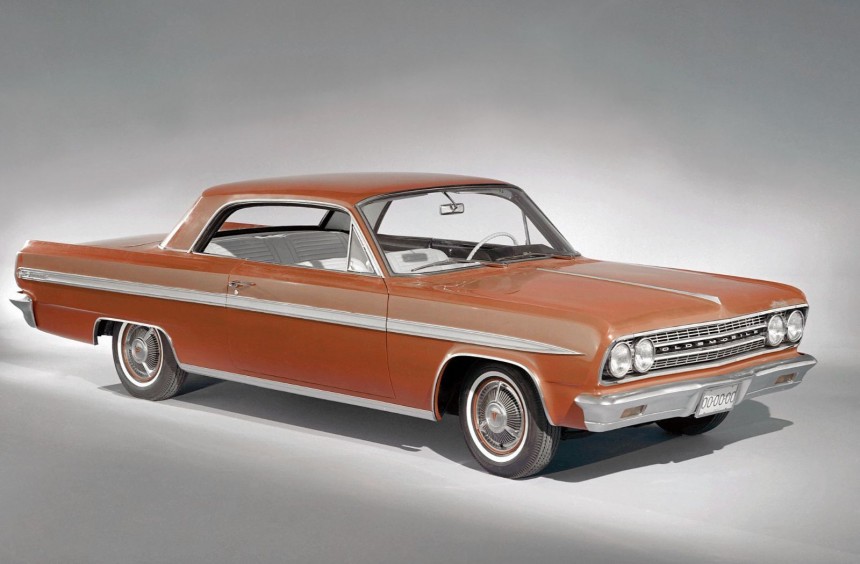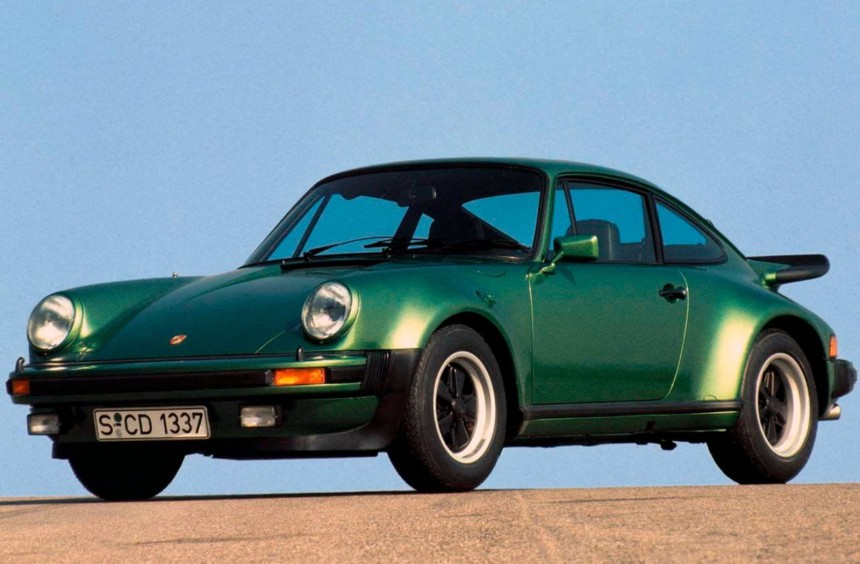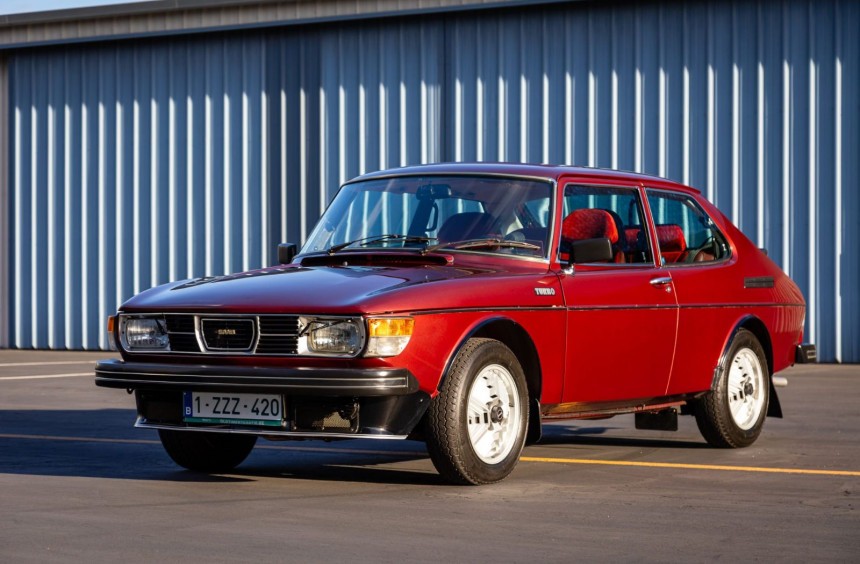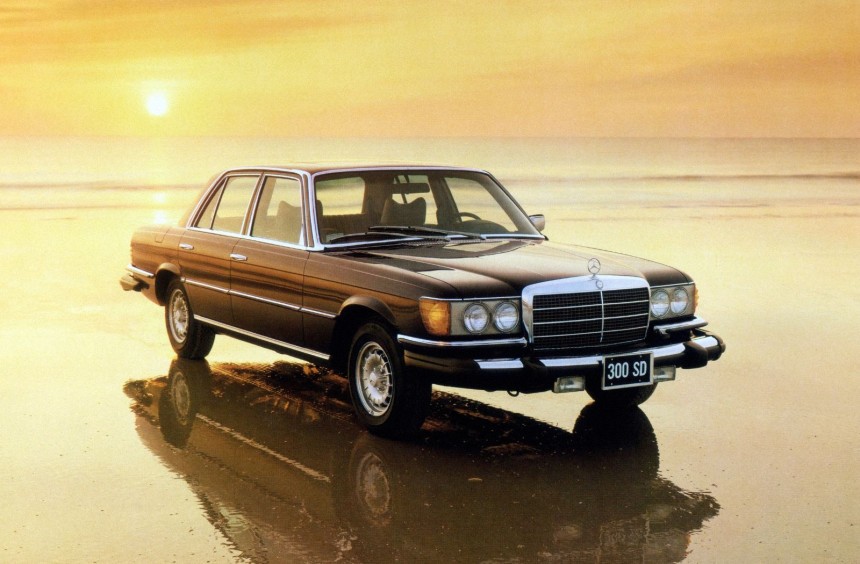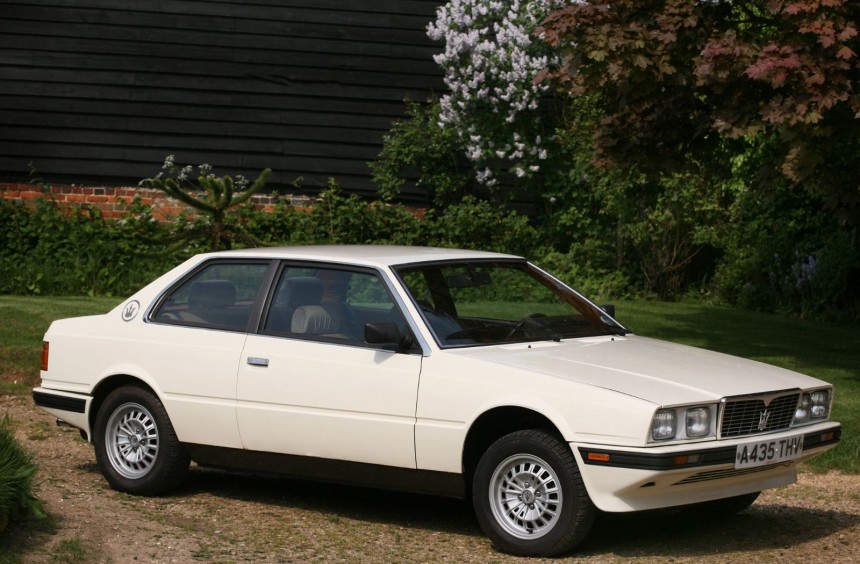These days, most ICE-powered cars on the road are equipped with at least one turbocharger, so let's boost our gearhead knowledge by remembering five of the most influential production cars that use this game-changing device.
Powered by the flow of exhaust gases, a turbocharger compresses the intake air and forces it into the combustion chamber, thus boosting the engine's power.
The supercharger, another popular forced induction device, came long before the turbo, but the main difference between the two is that a supercharger is mechanically operated and, therefore, less fuel efficient.
Swiss engineer Alfred Büchi first patented the design of a turbocharger back in 1905, but it would take more than half a century until such a device was added to a production car.
Nevertheless, turbocharging quickly became a go-to technology in the automotive sector, and today, it's used by nearly all carmakers who still develop ICEs.
The first turbocharged production car was the Oldsmobile Jetfire, a Cutlass-based, two-door pillarless hardtop released several months before the Chevrolet Corvair Monza Spyder - the second turbocharged production car.
Under the hood, the Jetfire hid the innovative, all-aluminum 215-ci (3.5-liter) V8 introduced by Buick a year earlier.
However, Olds engineers made the engine even more innovative by adding a Garrett AiResearch turbocharger as well as a bunch of out-of-the-box features.
The most interesting of those features was a pressure-sensitive exhaust bypass valve (an early wastegate) that was opened by a pressure sensor input if the 5-psi limit was exceeded, rerouting the gasses through a secondary exhaust outlet.
Thanks to the addition of a turbo, the V8 could make 215 hp and 300 lb-ft (407 Nm) of torque. While that wasn't a huge increase over the naturally-aspirated 215's 190 hp and 235 lb-ft (319 Nm), the turbocharged version gobbled sensibly less fuel.
Nevertheless, the engine proved unreliable, and Olds discontinued it after the 1963 model year ended.
Though GM failed to prove that an automotive turbocharged engine could be a reliable mass-production alternative to a naturally aspirated unit, several carmakers continued research and development.
During the 1970s, several far more reliable turbocharged cars entered production, and arguably the most iconic was the 1975 Porsche 930, aka the 911 Turbo.
The first thoroughbred production sports car to receive a turbo, the 930 became one of the fastest street-legal cars of its era but also one of the most dangerous.
Based on the standard 911, the 930 was powered by a 3.0-liter, air-cooled flat-six borrowed from the Carrera RS 3.0, which, courtesy of the legendary Dr. Ernst Fuhrmann, received a KK&K turbocharger originally developed for the 917/30 Can-Am racecar.
With 256 hp and 243 lb-ft (329 Nm) of torque on tap, the 911 Turbo became the fastest, most powerful road-legal that Porsche had ever developed.
Though the car was equipped with a sturdy suspension system, the huge turbo lag made it unpredictable and often uncontrollable, which earned it the nickname "Widowmaker."
Despite its flaws, the 930 enjoyed great success, and Porsche has continued to offer a turbocharged 911 ever since.
Initially introduced in 1968, the 99 was considered a large, upscale passenger car in Scandinavia, but in most parts of the world, including the US, it fell into the compact category.
The model enjoyed great success and was continually improved. In 1978, Saab engineers decided to add a sportier version to the 99 lineup, and the Turbo was born.
As the name implies, it was powered by a simple but sturdy eight-valve, 2.0-liter inline-four equipped with Bosch electronic fuel injection and a small Garrett T3 turbocharger.
With the added snail, the four-pot could make 135 hp and 159 lb-ft (216 Nm) of torque, which enabled the car to sprint to 60 mph (97 kph) in just over nine seconds. That might not sound like much today, but back then, the 99 Turbo was one of the quickest cars in its price range.
Consequently, the model enjoyed great success and inspired other carmakers to release turbocharged passenger cars.
During the mid-1970s, Mercedes-Benz was facing a huge conundrum. Buyers required a diesel-powered version of its flagship W116 series (the current S-Class' ancestor), but its existing 77-hp five-cylinder diesel was just not powerful enough.
Mind you, turbocharged diesel engines existed at that point in time, but they were almost exclusively used in industrial applications.
Fitting a turbocharger on a light-duty diesel engine was extremely difficult since engineers had trouble managing the already high compression ratio.
Nevertheless, Merc's engineers were able to put together a functional turbodiesel by beefing up the existing 3.0-liter straight-five block, adding fuel injection, and a sophisticated wastegate.
The result was a 110-hp engine that made the 1978 Mercedes-Benz 300 SD the world's first turbodiesel-powered production car.
Thanks to Mercedes-Benz's game-changing flagship, the entire automotive industry soon shifted to turbocharged diesel engines, and by the late 1990s, when the diesel passenger car craze really took off (particularly in Europe), virtually all diesel-powered cars featured a turbocharger.
By the 1980s, it was clear that equipping a car with a turbocharger was not only doable but profitable, so carmakers took the next logical step and introduced cars equipped with two turbos.
The first mass-produced car to feature twin turbos was the 1981 Maserati Biturbo.
Apart from its V6, which featured an IHI turbocharger for each bank of cylinders to help it produce 189 hp and 220 lb-ft (298 Nm) of torque in the initial 2.5-liter carburated version, the Biturbo was a forgettable car.
Due to its boxy styling and numerous reliability issues, it's considered among the worst cars Maserati has ever built.
However, the Biturbo range had one notable exception: the 1990 Shamal. Extensively restyled and equipped with a twin-turbo engine that got two extra cylinders, the Shamal was a quirky-looking grand tourer, but one that deserves to be mentioned among Maserati's all-time greatest road cars.
Though not Maserati's greatest work, the Biturbo inspired other carmakers to go for twin-turbo induction systems, most notably Ferrari, which released the 288 GTO and F40 in the following years.
The supercharger, another popular forced induction device, came long before the turbo, but the main difference between the two is that a supercharger is mechanically operated and, therefore, less fuel efficient.
Swiss engineer Alfred Büchi first patented the design of a turbocharger back in 1905, but it would take more than half a century until such a device was added to a production car.
Nevertheless, turbocharging quickly became a go-to technology in the automotive sector, and today, it's used by nearly all carmakers who still develop ICEs.
1962 Oldsmobile Jetfire
Under the hood, the Jetfire hid the innovative, all-aluminum 215-ci (3.5-liter) V8 introduced by Buick a year earlier.
However, Olds engineers made the engine even more innovative by adding a Garrett AiResearch turbocharger as well as a bunch of out-of-the-box features.
The most interesting of those features was a pressure-sensitive exhaust bypass valve (an early wastegate) that was opened by a pressure sensor input if the 5-psi limit was exceeded, rerouting the gasses through a secondary exhaust outlet.
Thanks to the addition of a turbo, the V8 could make 215 hp and 300 lb-ft (407 Nm) of torque. While that wasn't a huge increase over the naturally-aspirated 215's 190 hp and 235 lb-ft (319 Nm), the turbocharged version gobbled sensibly less fuel.
Nevertheless, the engine proved unreliable, and Olds discontinued it after the 1963 model year ended.
1975 Porsche 930 (911 Turbo)
During the 1970s, several far more reliable turbocharged cars entered production, and arguably the most iconic was the 1975 Porsche 930, aka the 911 Turbo.
The first thoroughbred production sports car to receive a turbo, the 930 became one of the fastest street-legal cars of its era but also one of the most dangerous.
Based on the standard 911, the 930 was powered by a 3.0-liter, air-cooled flat-six borrowed from the Carrera RS 3.0, which, courtesy of the legendary Dr. Ernst Fuhrmann, received a KK&K turbocharger originally developed for the 917/30 Can-Am racecar.
With 256 hp and 243 lb-ft (329 Nm) of torque on tap, the 911 Turbo became the fastest, most powerful road-legal that Porsche had ever developed.
Though the car was equipped with a sturdy suspension system, the huge turbo lag made it unpredictable and often uncontrollable, which earned it the nickname "Widowmaker."
Despite its flaws, the 930 enjoyed great success, and Porsche has continued to offer a turbocharged 911 ever since.
1978 Saab 99 Turbo
While the Porsche 930 was the first thoroughbred sports car equipped with a turbocharger, the Saab 99 Turbo was the first model to offer sports car-like performance to the masses.
Initially introduced in 1968, the 99 was considered a large, upscale passenger car in Scandinavia, but in most parts of the world, including the US, it fell into the compact category.
The model enjoyed great success and was continually improved. In 1978, Saab engineers decided to add a sportier version to the 99 lineup, and the Turbo was born.
As the name implies, it was powered by a simple but sturdy eight-valve, 2.0-liter inline-four equipped with Bosch electronic fuel injection and a small Garrett T3 turbocharger.
With the added snail, the four-pot could make 135 hp and 159 lb-ft (216 Nm) of torque, which enabled the car to sprint to 60 mph (97 kph) in just over nine seconds. That might not sound like much today, but back then, the 99 Turbo was one of the quickest cars in its price range.
Consequently, the model enjoyed great success and inspired other carmakers to release turbocharged passenger cars.
1978 Mercedes-Benz 300 SD (W116)
Mind you, turbocharged diesel engines existed at that point in time, but they were almost exclusively used in industrial applications.
Fitting a turbocharger on a light-duty diesel engine was extremely difficult since engineers had trouble managing the already high compression ratio.
Nevertheless, Merc's engineers were able to put together a functional turbodiesel by beefing up the existing 3.0-liter straight-five block, adding fuel injection, and a sophisticated wastegate.
The result was a 110-hp engine that made the 1978 Mercedes-Benz 300 SD the world's first turbodiesel-powered production car.
Thanks to Mercedes-Benz's game-changing flagship, the entire automotive industry soon shifted to turbocharged diesel engines, and by the late 1990s, when the diesel passenger car craze really took off (particularly in Europe), virtually all diesel-powered cars featured a turbocharger.
1981 Maserati Biturbo
The first mass-produced car to feature twin turbos was the 1981 Maserati Biturbo.
Apart from its V6, which featured an IHI turbocharger for each bank of cylinders to help it produce 189 hp and 220 lb-ft (298 Nm) of torque in the initial 2.5-liter carburated version, the Biturbo was a forgettable car.
Due to its boxy styling and numerous reliability issues, it's considered among the worst cars Maserati has ever built.
However, the Biturbo range had one notable exception: the 1990 Shamal. Extensively restyled and equipped with a twin-turbo engine that got two extra cylinders, the Shamal was a quirky-looking grand tourer, but one that deserves to be mentioned among Maserati's all-time greatest road cars.
Though not Maserati's greatest work, the Biturbo inspired other carmakers to go for twin-turbo induction systems, most notably Ferrari, which released the 288 GTO and F40 in the following years.
